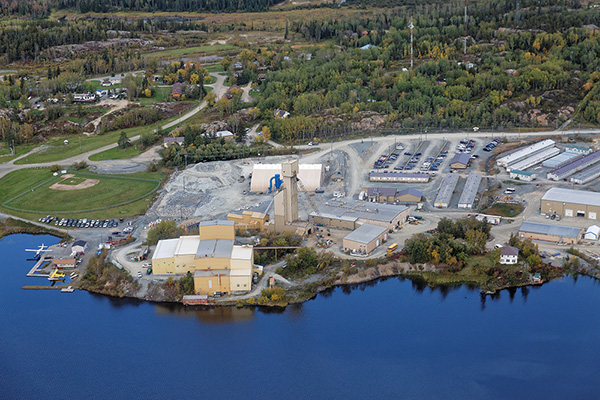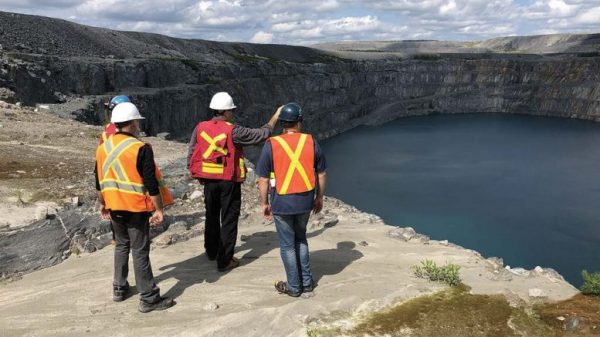UniGold (TSXV: UGD; US-OTC: UGDIF) has released the results of a preliminary economic assessment of a stand-alone oxide gold project, which it says will provide cash flow as the company continues to expand and evaluate the larger sulphide resource that it believes offers a longer term development opportunity at the Candelones project in the Dominican Republic.
Joe Hamilton, the Toronto-based junior’s chairman and CEO, says the goal is to “rapidly develop both projects over the next few years as it concurrently moves the oxide project through required community consultation, environmental studies, detailed engineering and permitting while completing metallurgy, preliminary design and market studies for the sulphide project.”
In addition, Unigold has identified through exploration drilling at the Candelones Extension “potential for oxide resource expansion to the east of the known deposit while continuing to expand the available sulphide resource,” Hamilton noted in a press release.
The PEA on the smaller oxide project was based on inferred resources that make up about 27% of the life of mine production (and contained within a pit with a maximum depth of about 30 metres), UniGold said, but the company plans to undertake additional drilling to upgrade the resource into the measured and indicated category, and then incorporate that into a planned feasibility study for the oxide project.
“The company intends to transition directly into a feasibility study on the oxide project as soon as possible,” Hamilton said, adding that Unigold has sent additional oxide material to Canada for large diameter, run of mine column tests to confirm the assumptions on recoveries used in the PEA.
The early stage study envisioned that gold and silver will be recovered in an adsorption-desorption-recovery circuit and electrowinning cells, and the production of bullion bars. (Silver credits weren’t used in the modelling.) The project will be mined by contract miners.
The PEA outlined an average grade of 0.75 gram gold per tonne, a production rate of 5,000 tonnes per day, and total gold produced of 95,587 ounces (31,040 oz. annually at all-in sustaining costs of US$744 per ounce).
Initial capex comes to about US$36.5 million and at US$1,650 per oz. gold, the oxide project’s after-tax net present value at a 5% discount rate works out to about US$26 million, with an internal rate of return of 34.9%.
Unigold’s 100%-owned project, in the northwestern province of Dajabon, sits on land almost entirely owned by the Dominican government. In a cautionary statement, the company noted that the PEA summary “is intended to provide only an initial, high-level review of the project potential and design options.”
The company also said it hopes to start the permitting process at the end of 2021.
Over the last year, Unigold’s Toronto-listed shares have traded in a range of 17.5¢ and 67¢ and at presstime were trading at 29.5¢. The junior explorer has about 127 million common shares outstanding for a market cap of about $37.5 million.
This story originally appeared on The Northern Miner.





Comments